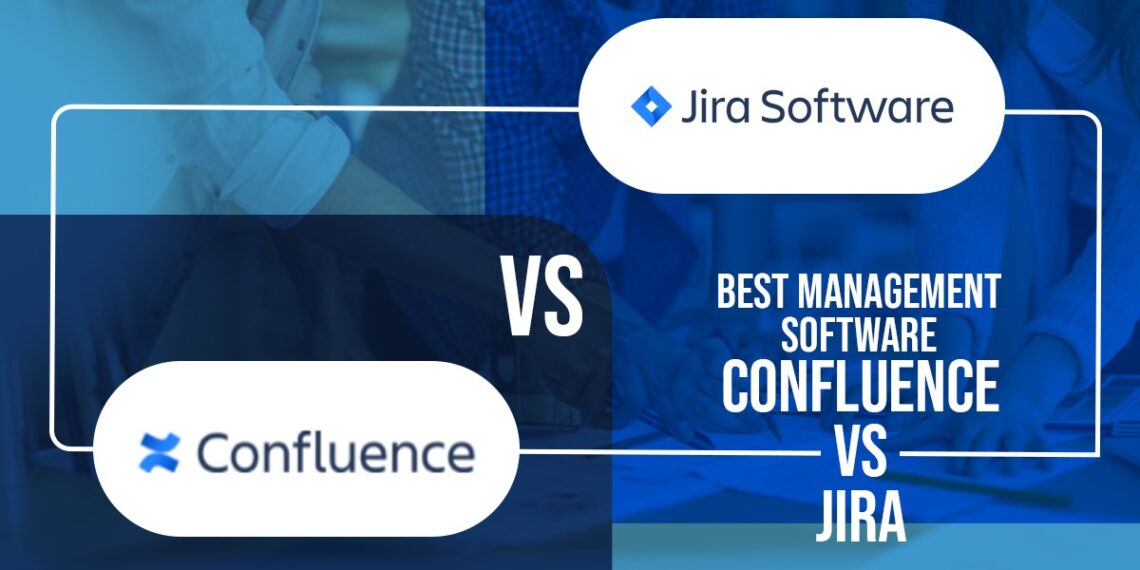A vital step to improving your business campaigns and product management is to have access to features that can assist the ways you approach projects. Usually, you need to stay connected to the team members who are part of the project to assign them tasks, take their feedback, or update them about certain details. Using different platforms to reach your teammates can be a time-consuming process. Project management software helps you by saving your time as well as providing a collaborative panel to the team. Two competitive programs are Confluence project management vs Jira project management which are introduced by the same company, Atlassian. Confluence software and Jira have quite a few features in common beyond sharing their vision to make project management accessible. If you find yourself conflicted about which one to opt for, it might be useful to learn what are the similarities or differences between them. Confluence and Jira Similarities
The foundational grounds of both of these management systems are that they facilitate the process of organizing tasks and make teamwork less challenging. They are both able to improve your remote workspace and save time as they have integrated tools and apps to target a variety of concerns.
Also read QR Code Generator
Document Management
It is implied that when you are managing a campaign or a project, you are dealing with documents to organize information and build on your ideas. Confluence fulfills this prerequisite through advanced search, so you can find relevant documents within a few seconds. Its intuitive page hierarchy and the labels feature to let you access specific content without wasting time.
On the other hand, Jira is integrated with Kanban as well as Scrum, which serves two different purposes. Kanban gives an overview to the team where they can see updates or feedback from each other. The Scrum board helps you break down everyone into focused groups who can work towards specific tasks assigned to them.
Easier Collaboration
It is essential for team members to stay connected and in touch when they are working on a project. Confluence software retains the intelligence for real-time editing of documents with your team members. If you want to connect to a specific member, you can simply mention them, and they will be alerted.
Jira, besides the Kanban board, also has the roadmaps feature for the full visibility of the ongoing project. A quick glance can help team members contextualize the development, the most recent updates, and the steps that need to be implemented in the future.
Confluence and Jira Differences
Where Confluence and Jira Software have so many common qualities, they also have features that add a touch of difference to each. In fact, you may find that each caters to a list of problems that cannot be resolved by the other.
Team Work
It is obvious that there are ways through which communication can be improved on Confluence or on Jira. However, since the main idea behind Confluence is to support teamwork, it also goes as far as to protect your documents. You have full control over sensitive information and can limit who has access to the documents.
Moreover, if you want to see the ongoing activity and the most recent actions, you can take a glance at recent spaces. This feature lets you stay in touch with the ongoing process.
Finally, if you want everyone to share their ideas on the same platform, the blog feature is the place to do so. This feature promotes the overall culture of inclusivity as well as transparency of the company.
Code and Deployment
Jira gives you the ability to solve issues that may arise during project development. For example, you are able to view repositories and update commits and PR by simply adding the issue key. The DevOps feature is a cherished tool that can help you in creating a vision for your project before you start to work on it.
In case you are interested in state development, you can do it through the Jira issue development panel.
Pricing Plans
Confluence project management vs Jira project management both are the best project management software & have their unique qualities, and each can enhance your work in its own way. Their pricing plans are offered in three models: Basic, Standard, and Premium.
The basic plan on Confluence is free of cost, and it can be used by up to ten members. You are able to access Macros and page versioning as well as use unlimited data and storage.
The premium pricing model can support up to 20,000 users, and the cost for each member is $55. The premium plans have added benefits like Insights, page permission, and domain verification, along with several others.
And lastly, the business plan also accommodates 20,000 users with the purchase price of $105 for every member but has an inexhaustible list of features that are not available on the basic or premium plan. Some of its features include bulk archive pages, calendars, admin insights, and IP allow sighting. Furthermore, there are some upcoming tools like external collaboration and automation that will further enhance your experience with Confluence software. The Confluence pricing for enterprise plans can be received if you share the number of users and your business requirements with the staff.
Confluence demo is available on the website so that you can visually learn about each feature and how the various aspects of the software can be used to generate success.
Conclusion
Jira software has a unique set of pricing plans where the basic costs nothing to its users. However, it still offers a wide range of productivity tools like agile reporting, backlog, workflow customization, etc. The other two plans add to these benefits and can bring significant improvement to your workspace. The price of the standard Jira plan is $75 per month, and it charges $145 for the business plan.
Read Also: Charmhealth EHR vs DrChrono EHR: A Quick Glance into Features!





